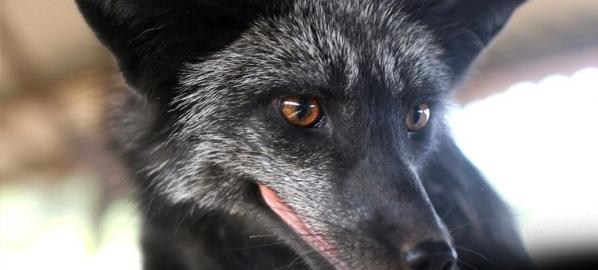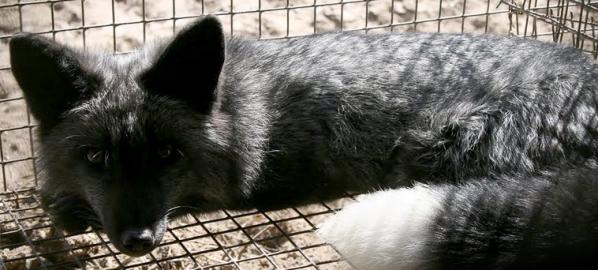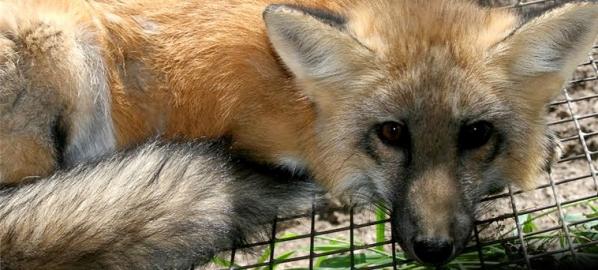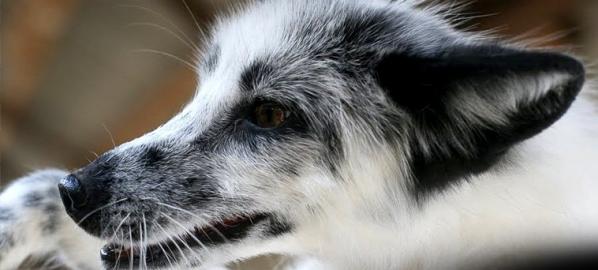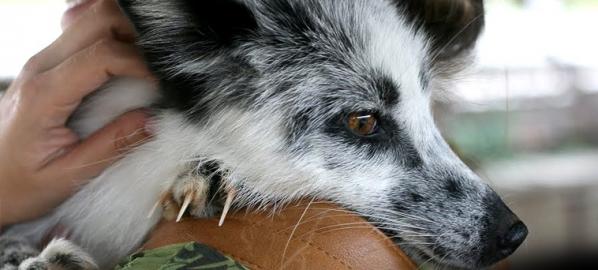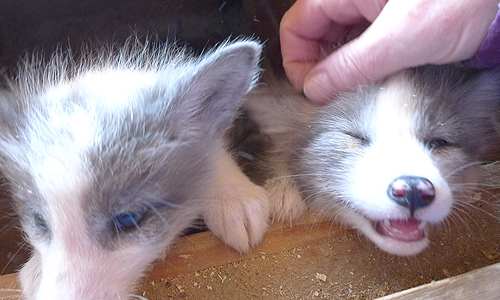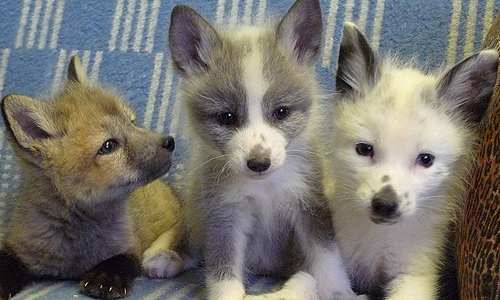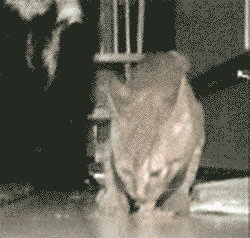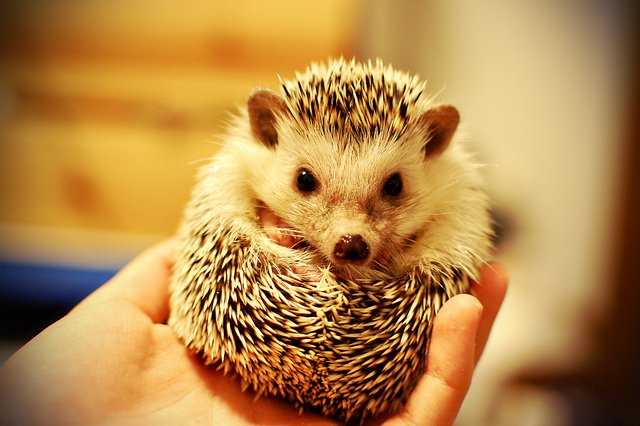Silver Fox
Friendly foxes don’t have the level of adrenaline they formerly had – a byproduct of surviving in the wild. And a strong correlation between adrenaline and melanin was later discovered that explained the color of their coat. In other words, tame foxes are no longer producing as much adrenaline as their wild forebears, making them the friendliest foxes in the world.
That cuddly little fox you’ve always wanted as a pet is no longer out of reach. A new version of the silver fox has been introduced as tame enough to enter our homes.
The silver fox is a melanistic variation of the red fox. Silver foxes have darker pigmentation such as the fox shown above. Their coats vary from being completely black with a white tip on the tail to a bluish-gray coat. The dark coat of the silver fox is usually held in much higher esteem by the fur coat industry even in comparison to the most flawless beaver or otter coats. The darker the pelt, the more valuable it becomes. Historically, such a demand for this particular coat eventually arose that the production needed to be sustained through the farming of the silver fox.
Tame foxes began to appear in the 1950s in Siberia when fox farmers asked Russian scientist Dimitri Belyaev if he could help to breed a not so aggressive animal. Given the opportunity, Belyaev set himself on domesticating the silver fox by using selective breeding to hereditarily change fox aggression. Thereafter, by breeding only the tamest foxes Belyaev came upon a new breed of fox.
As early as the tenth generation of breeding, friendlier foxes began to show characteristics unusual in the wild Siberian fox. Characteristics such as the curling of tails, floppy ears and even barking arose. Breeding the tamest foxes together led to variations in their genetic make-up never before seen in a wild population of this particular animal.
It was surprising enough that the floppy ears and waggly tails emerged in a wild population of foxes, but what was most unusual was the variation in the coat. Suddenly, the silver fox coat that held such a dark pigmentation was no longer dark. And what made it so strange was that the variation should not have occurred. This idiosyncrasy led scientists to look elsewhere for an explanation.
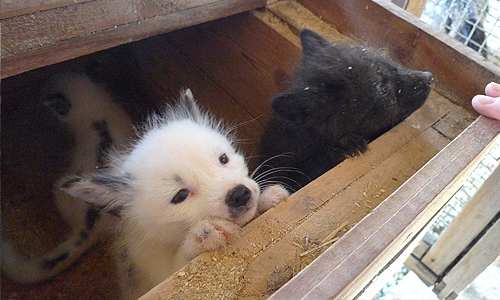
Many times, selective breeding gave rise to a white or mixed coat color such as that displayed by the fox above. This raised a lot of questions, all of which pointed to their adrenaline levels. Generation after generation of breeding had an effect on the adrenal glands, which explained their behavioral and physiological changes.
Friendly foxes don’t have the level of adrenaline they formerly had – a byproduct of surviving in the wild. And a strong correlation between adrenaline and melanin was later discovered that explained the color of their coat. In other words, tame foxes are no longer producing as much adrenaline as their wild forebears, making them the friendliest foxes in the world.
American company SibFox Inc. is a private company operating as a conduit that connects North America with silver foxes from Siberia. Selectively breeding the Siberian fox proved successful for Belyaev. It seems like quite a step from farming these foxes for their lovely fur to domesticating them for their precious company. And as we appreciate the tameness of a lovable wolf – the first domesticated animal, your dog – we can now appreciate that unmistakable friendship with a fox. Tame foxes have the energy and companionship of a dog while displaying the independence of a cat.
